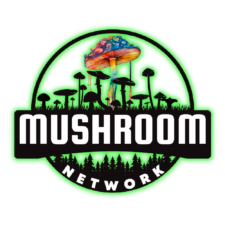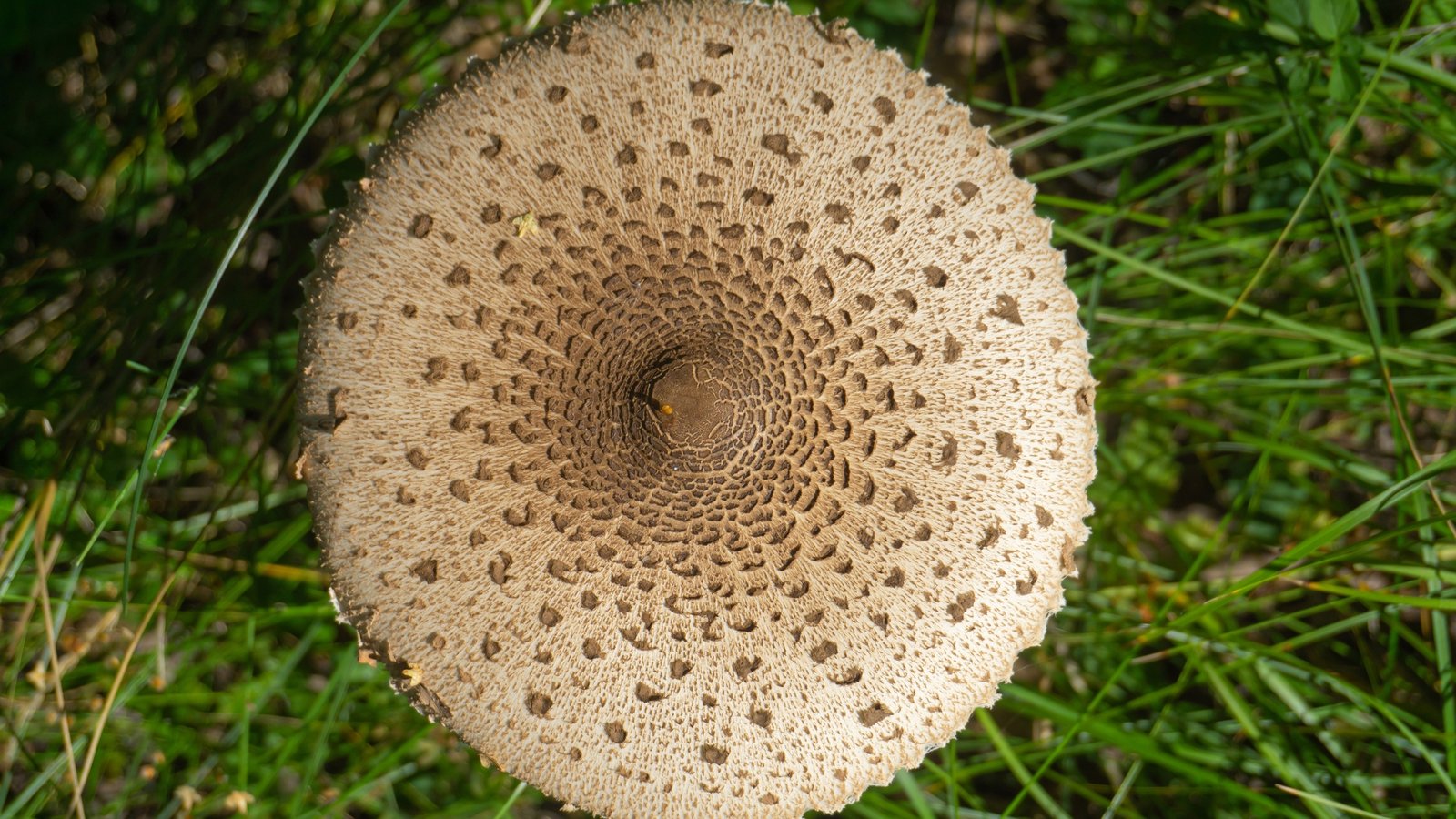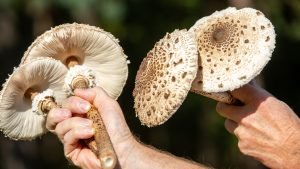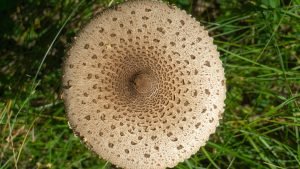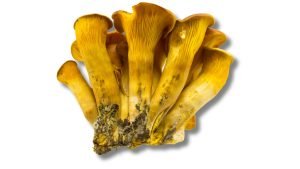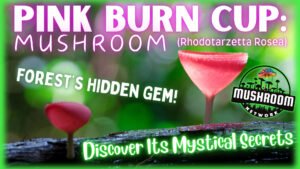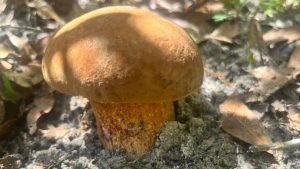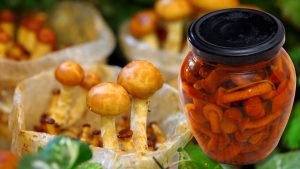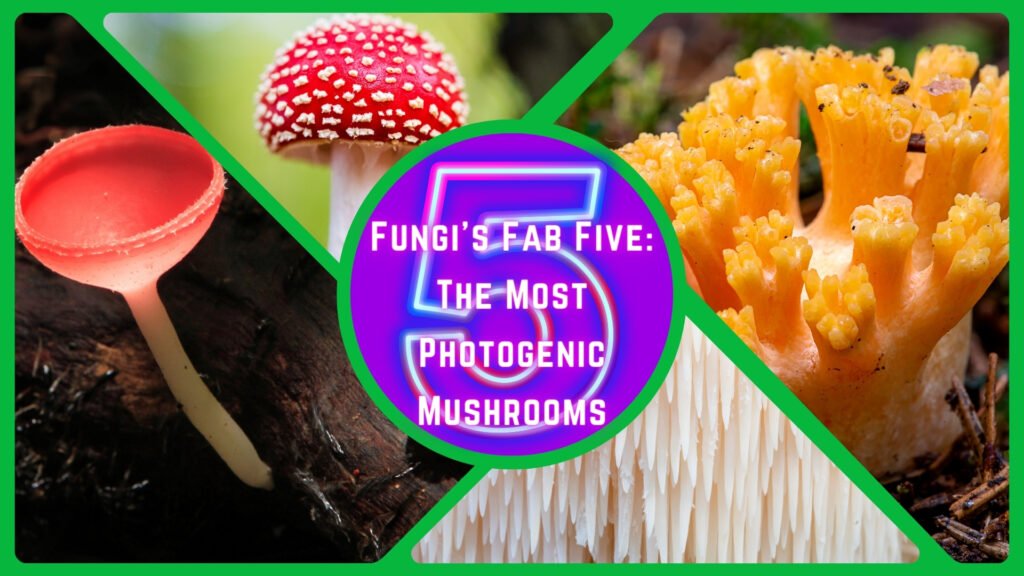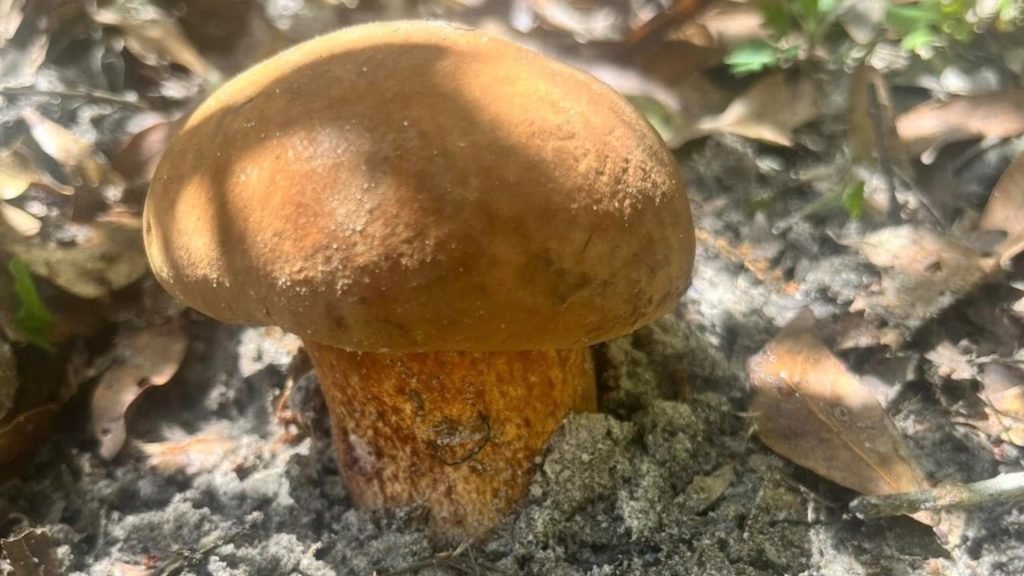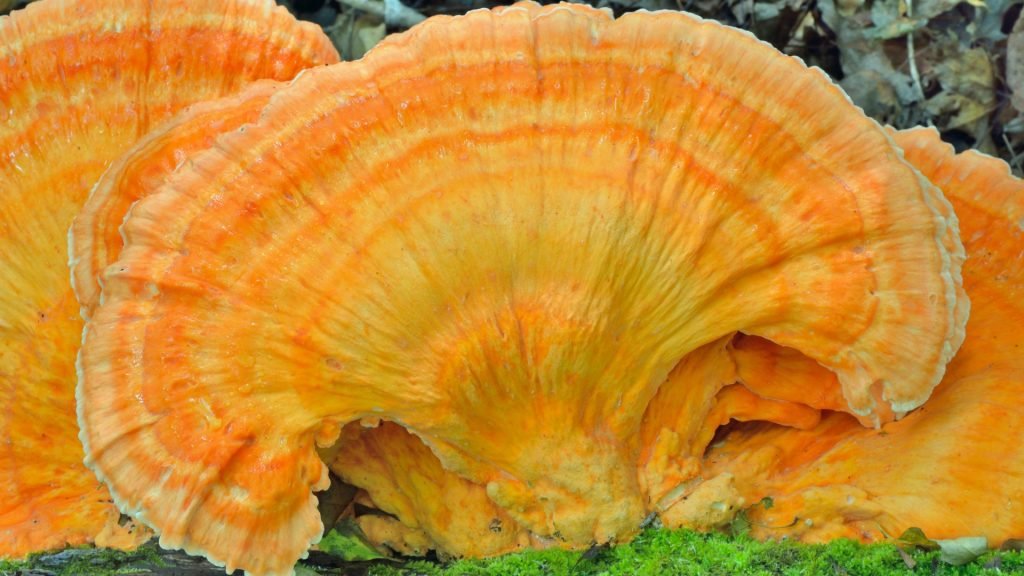Welcome to another mycological journey with The Mushroom Network! Today, we’re venturing into the realm of Macrolepiota Procera, a true gem of the fungal kingdom. With a blend of scholarly insight and a sprinkle of humor, let’s dive into the fascinating world of this majestic mushroom.
SCIENTIFIC NAME:
(Macrolepiota Procera)
COMMON NAME(S):
Parasol Mushroom | Giant Parasol
I-NAME:
PARA
Founding Mycologist/Discovered By:
-Unknown-
If you have information, please help us enrich our database!
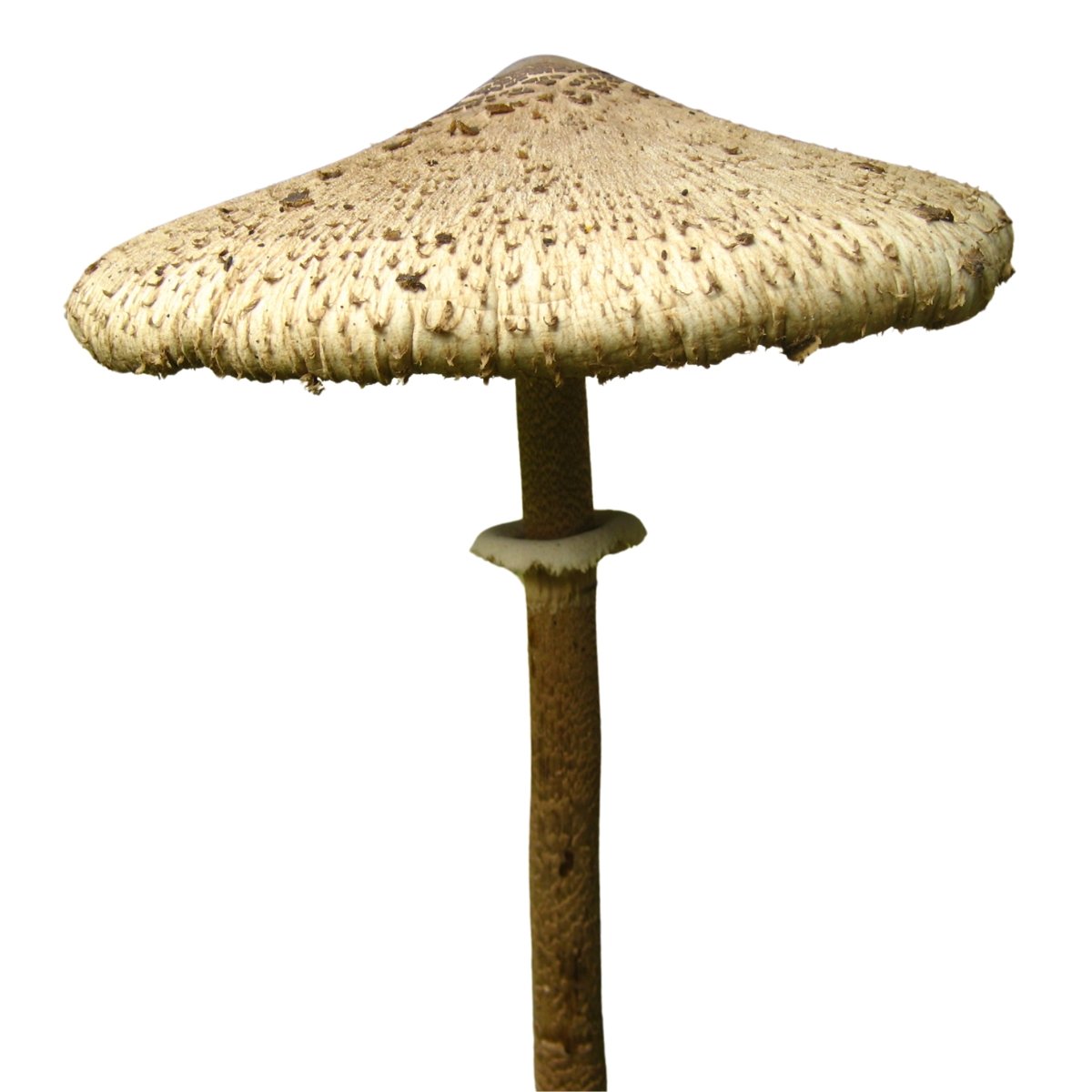
RECOMMENDED TEMPERATURES
Colonizing Temps:21°C to 25°C (70°F to 77°F) | Fruiting Temps:5°C to 24°C (59°F to 75°F) |
SPORE COLOR:
CREAM to PALE OCHRE
The Parasol Mushroom, Macrolepiota Procera, stands tall in the forest, its impressive stature only matched by its culinary delight. With its distinctive umbrella-shaped cap and patterned stem, it beckons the adventurous forager to delve into its secrets.
Step right up to the Mushroom Carnival! 🍄🎪 New here? Don’t wander in the wild yonder picking ‘shrooms willy-nilly! Educate yourself and avoid the ‘oops, I ate it’ face. 🤯 Log In or Become a Myco-Patron (it’s as free as a spore in the wind!). Join us to unravel the myco-magic! 🧙
DESCRIPTION:
This mushroom features a large, brown, and scaly cap, which can reach up to 30 cm in diameter, perched atop a long, slender stalk. Its ring, movable up and down the stalk, and the snake-like pattern on the stem, make it unmistakable in the wild.
INTENDED USES:


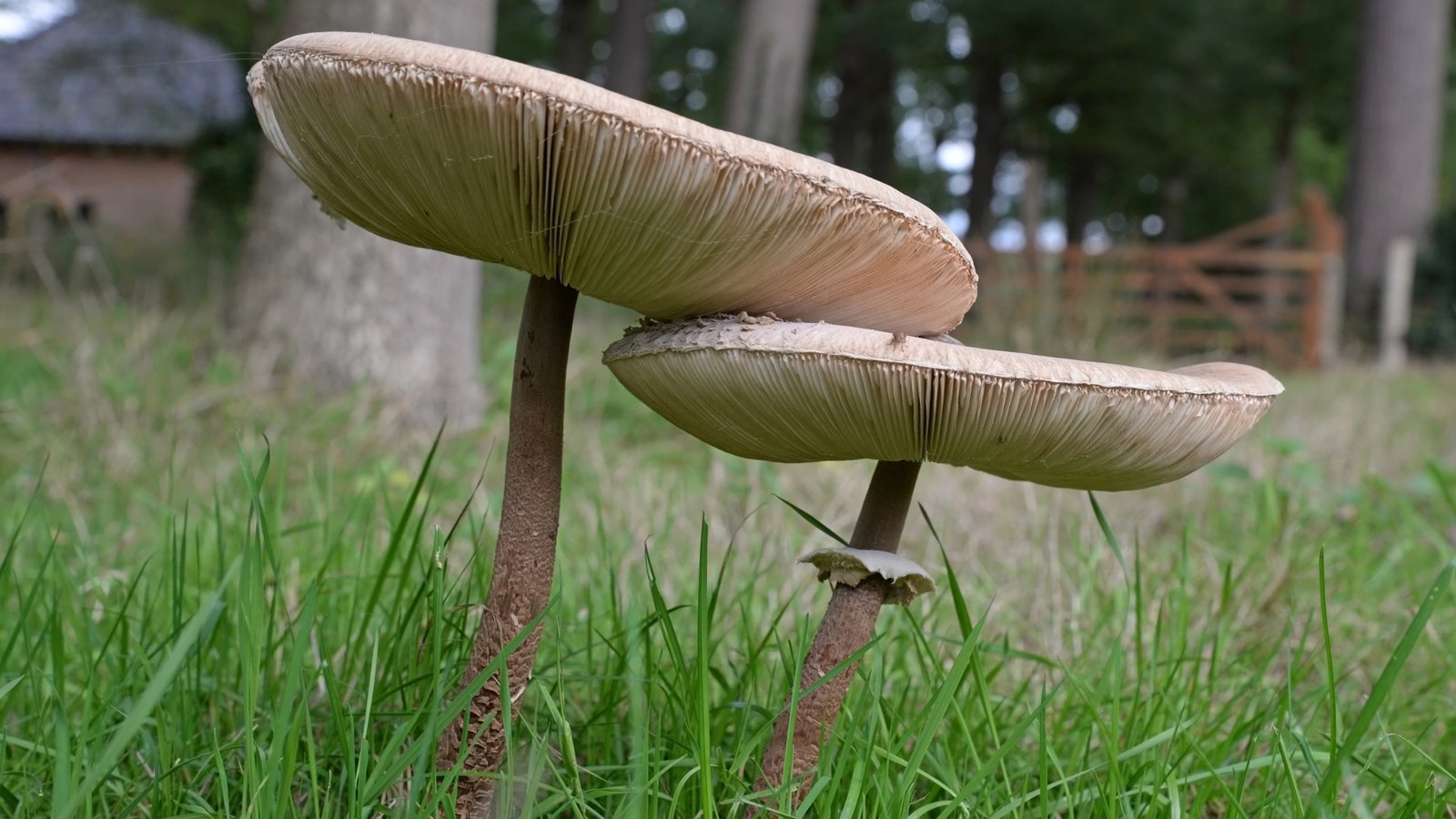
HABITAT AND DISTRIBUTION:
The Parasol Mushroom, a majestic figure in the fungal kingdom, thrives in a variety of environments, showcasing a versatile adaptability uncommon among many of its kin. Preferring the dappled sunlight of grassy clearings within both deciduous and coniferous forests, it also graces parks and meadows with its presence, forming fairy rings that captivate the imagination. Its geographical reach extends from the moist soils of Europe, through the leafy domains of North America, to the verdant landscapes of Asia, flourishing in temperate to slightly humid climates. This widespread distribution speaks to the Parasol Mushroom’s resilience and ecological versatility, making it a familiar sight across diverse landscapes.
ECOLOGICAL ROLE:
Within the tapestry of forest life, the Parasol Mushroom emerges as a vital saprotroph, a decomposer par excellence. Its role transcends mere existence, delving into the profound task of breaking down the dead and decaying organic matter. Through this process, it recycles critical nutrients back into the soil, acting as a steward of the forest floor. This ecological service maintains the balance of ecosystems, supporting the growth of plants and the myriad organisms that depend on them. The Parasol Mushroom’s contribution is a testament to the interconnectedness of life, reminding us of the unseen work that sustains the health of our planet.
GROWTH AND CULTIVATION:
Cultivating the Parasol Mushroom presents a unique challenge, as it seldom submits to the confines of cultivation, preferring the wild spontaneity of natural growth. For those intrigued by its presence, understanding its ecological preferences sheds light on the delicate balance of forest ecosystems. This mushroom’s growth is a dance with nature, thriving in conditions that mimic its natural habitat: rich, loamy soils, ample moisture, and the shelter of forest canopies. While direct cultivation may be elusive, fostering environments that support its growth can invite the Parasol Mushroom into our landscapes, offering a glimpse into the symbiotic relationships that define our natural world.
Macrolepiota Procera is not typically cultivated in controlled environments, which makes specifying an ideal colonization temperature range challenging. It naturally colonizes in its habitat during the warmer months of late spring to early summer, depending on the local climate.
Fruiting Stage: This mushroom thrives and becomes visible in the late summer to fall. The ideal temperature range for its fruiting stage in natural settings is approximately 15°C to 24°C (59°F to 75°F). These temperatures reflect the typical conditions under which Macrolepiota Procera emerges, following the pattern of cooler nights and warm, humid days characteristic of its natural growth period.
Note: While Macrolepiota Procera is not commonly cultivated due to its preference for wild habitats and the difficulty in replicating its specific ecological conditions, understanding these natural temperature ranges can provide insights into its lifecycle and potential cultivation challenges.
No posts found!
HISTORICAL & CULTURAL INFO:
The Parasol Mushroom has long been woven into the fabric of folklore and culinary tradition, standing as a beacon of nature’s generosity. Across Europe, North America, and Asia, it has found its way into the heart of cultural dishes, celebrated for its distinctive flavor and texture. Beyond the kitchen, it has been a symbol of the forest’s mystery and abundance, featured in tales and artworks that capture the imagination. Its historical significance is a rich field of study, revealing the deep connections humans have forged with the fungal kingdom, a testament to our shared history with the natural world.
GENETIC LINEAGE/HISTORY:
The Parasol Mushroom belongs to the expansive Macrolepiota genus, a lineage that speaks to the diversity and evolutionary prowess of fungi. Ongoing phylogenetic studies peel back the layers of its genetic history, tracing the threads of its ancestry through the mycelial web of life. This research not only illuminates the Parasol Mushroom’s place within the fungal kingdom but also offers exciting insights into fungal evolution, highlighting the dynamic processes that have shaped these organisms over millennia.
No posts found!
CHEMICAL COMPOSITION:
The Parasol Mushroom is a trove of nutritional wealth, primarily composed of water, yet rich in proteins, vitamins, and minerals. This composition renders it not only a culinary delight but also a valuable addition to a balanced diet. Its robust flavor and nutritional content have made it a favored ingredient in kitchens, where it adds depth and nourishment to a plethora of dishes.
MEDICINAL PROPERTIES (if applicable):
While the Parasol Mushroom is not widely recognized for specific medicinal properties, its nutritional profile contributes to overall well-being. The presence of essential nutrients supports immune function, promotes heart health, and offers anti-inflammatory benefits, making it a worthy addition to health-conscious diets.
CULINARY USES:
While the Parasol Mushroom is not widely recognized for specific medicinal properties, its nutritional profile contributes to overall well-being. The presence of essential nutrients supports immune function, promotes heart health, and offers anti-inflammatory benefits, making it a worthy addition to health-conscious diets.
CAUTIONS & WARNINGS:
While the Parasol Mushroom is a forager’s treasure, caution is paramount. Its resemblance to poisonous counterparts necessitates meticulous identification to avoid potentially fatal mistakes. The adage “When in doubt, throw it out” is a guiding principle for mushroom enthusiasts, underscoring the importance of knowledge and certainty in the pursuit of wild foods.
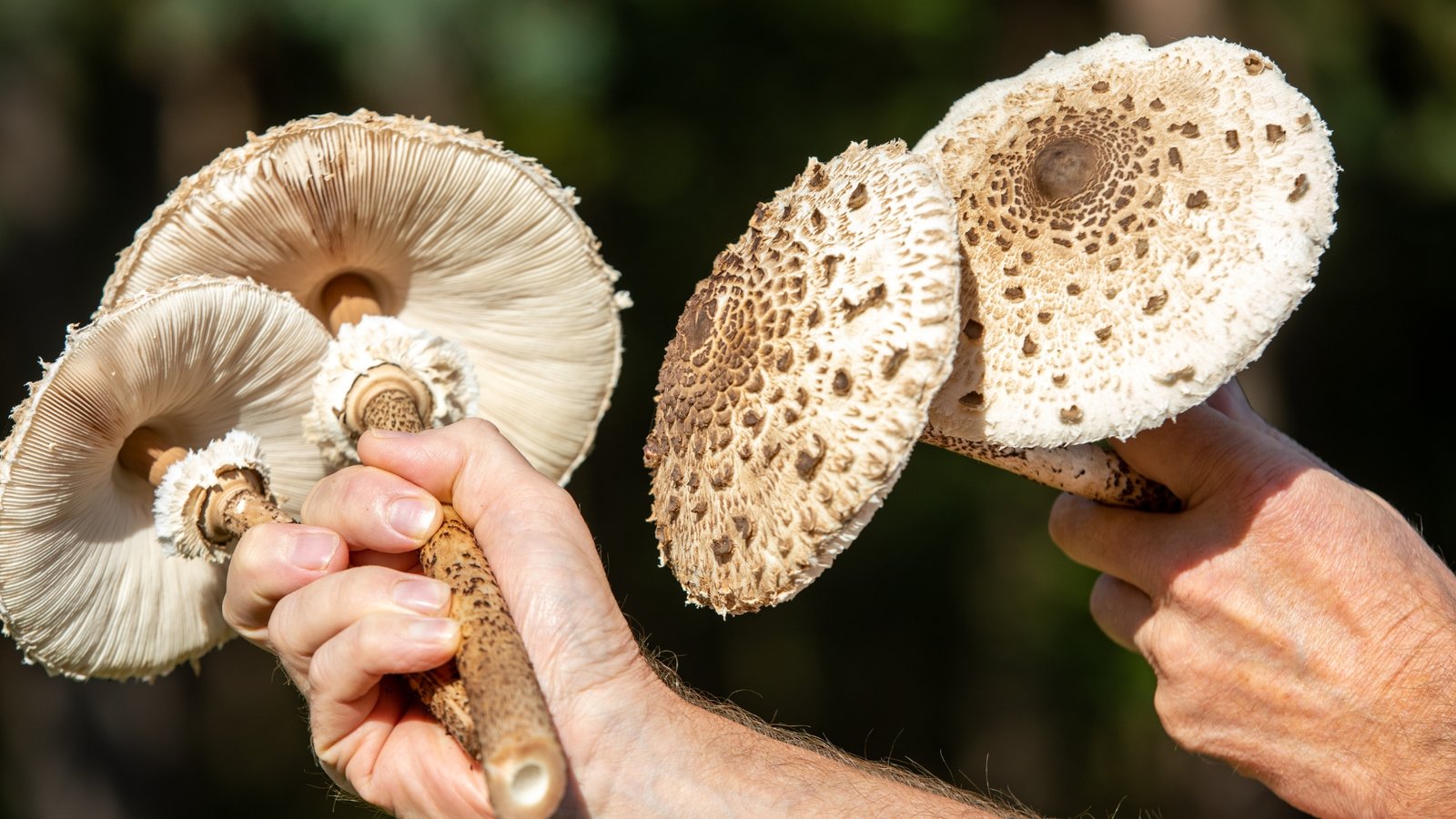
FINAL CONSIDERATIONS:
As we part ways with the towering Parasol Mushroom, remember, the forest’s treasures are there for those who seek. Stay curious, stay respectful, and most importantly, stay safe. Happy foraging!
Don’t forget to check out the 🍄 Mushroom Network’s Marketplace to see what’s available. But hurry, our shelves are constantly evolving, and you wouldn’t want to miss out on this wonderful mushroom. Join our growing network of Patrons, Genetics, and Mycologist Vendors only on the 🍄 Mushroom Network!
Caught in the middle of the Mushroom Metropolis! 🍄🎶 If you’re just tuning in, you’re one step away from becoming a spore savant! Don’t just stand there like a stump – Log In or Become a Myco-Patron (FREE, like a mushroom in the wild!). Unlock the enchanted encyclopedia of fungi. 📚✨
No posts found!
No posts found!
FAQs:
Due to its preference for wild habitats, home cultivation is challenging and not commonly practiced.
Focus on its large, scaly cap, the movable ring on its stalk, and its specific habitat.
Yes, when properly identified. However, due to potential look-alikes, thorough verification is necessary.
It’s excellent in risottos, stir-fries, and as a meat substitute in vegetarian dishes.
Keep them in a paper bag in the refrigerator and consume within a few days for the best quality.
Related Articles:
Giants Among Us: The Majestic Parasol Mushroom
About This Article: Step into the forest where giants roam, not above but beneath the...
Read More...Parasol Mushroom (Macrolepiota Procera)
Welcome to another mycological journey with The Mushroom Network! Today, we’re venturing into the realm...
Read More...Other Mushroom Species To Research:
Jack-O’-Lantern Mushroom (Omphalotus Olearius)
SCIENTIFIC NAME: (Omphalotus Olearius) COMMON NAME(S): Jack-O’-Lantern I-NAME: JOL SPORE COLOR: PALE-YELLOW Deep within the...
Read More...Cauliflower Mushroom (Sparassis Crispa)
SCIENTIFIC NAME: (Sparassis Crispa) COMMON NAME(S): Cauliflower Mushroom | Hanabiratake | Western Cauliflower Fungus |...
Read More...Lion’s Mane (Hericium Erinaceus)
Dear Mycelium enthusiasts, scholars, and the fungi-curious alike, buckle up as we embark on a...
Read More...Black Reishi (Ganoderma Sinense)
Scientific Name: Ganoderma Sinense COMMON NAME(S): Black Reishi | Black Lingzhi |Black Lucid Ganoderma |...
Read More...Other Recommended Reads:
Pink Burn Cup (Rhodotarzetta Rosea)
Welcome, dear mycophiles and curious minds, to our Pink Burn Cup (Rhodotarzetta Rosea) Data Page!...
Read More...Outdoor Mushroom Cultivation: Harnessing Nature’s Power
The world of mycology unfolds a panoply of fascinating aspects, not least of which is...
Read More...Nameko: Health and Healing: The Medicinal Potential of Nameko Mushrooms
When it comes to the spectrum of medicinal mushrooms, Nameko holds a distinctive place. Treasured...
Read More...Wine Cap (Stropharia Rugosoannulata)
Scientific Name: Stropharia Rugosoannulata COMMON NAME(S): Wine Cap | Garden Giant | Burgundy Cap |...
Read More...Whoa there, Spore Sport! 🍄 Looks like you’re not logged in yet. Don’t you know what you’re missing? MYCO-CREDITS! Imagine all the fungal fun you could have. It’s like finding a Morel in May and not picking it. Tragic, right? Log In or Become a Myco-Patron and start racking up those credits. It’s more rewarding than finding a mushroom in your backyard! 🌟🏡
